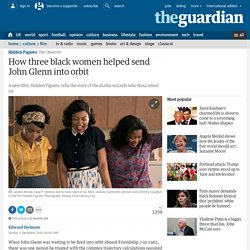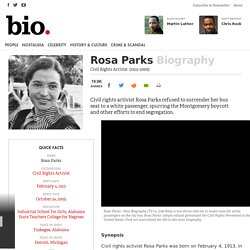

Lost in Space Race: Women Denied Proper Place in History. Nathalia Holt is a science writer and author of NY Times bestseller "Rise of the Rocket Girls: The Women Who Propelled Us from Missiles to the Moon to Mars" (Little, Brown and Co., 2016) and "Cured: The People who Defeated HIV" (Plume 2015).

Her writing has appeared in the New York Times, the Los Angeles Times, The Atlantic, Slate, Popular Science, and Time. Holt contributed this article to Space.com's Expert Voices: Op-Ed & Insights. The black-and-white image is surprisingly crisp despite its advanced age. When I first saw the photograph, taken in 1955, two things struck me: The sheer number of women, intent on their work, and then, puzzlingly, the abbreviated caption. Although 14 women are depicted in the photograph, the archives at NASA's Jet Propulsion Laboratory (JPL) in Pasadena, California, could identify only three of its former employees and had no contact information for them.
Hidden Figures ,Janelle Monae,Taraji P Henson Henson, Costner, discuss race, gender,sexism, equality. Historic Pictures Show the Hidden Women of the Space Race. As a girl growing up in rural West Virginia, Katherine Johnson loved to count.

She counted everything: the steps between her house and the road, the number of dishes she’d washed—anything that could be quantified. Johnson started high school by the time she was 10. By 18, she’d finished college, where she excelled as a math major and was sometimes the only student in the hardest courses offered. She was, by all accounts, brilliant. That brilliance, which is chronicled in a recent book and the upcoming movie Hidden Figures, would eventually help the United States win the space race, a geopolitical competition that peaked with the Apollo 11 moon landing in 1969.
But in the first half of the 20th century, Johnson was penned in by stereotypes about her race and her gender, as well as Jim Crow laws that mandated the segregation of African-Americans. “You could be a nurse or a teacher,” she said in a video interview with MAKERS. “I computed the path that would get you there,” she told MAKERS. How three black women helped send John Glenn into orbit.
When John Glenn was waiting to be fired into orbit aboard Friendship 7 in 1962, there was one person he trusted with the complex trajectory calculations required to bring him down safely from his orbital spaceflight: Katherine Johnson, an African-American mathematician who worked in Nasa’s segregated west area computers division.

“Get the girl, check the numbers,” Glenn said before boarding the rocket. “If she says they’re good, I’m good to go.” Johnson was one of three female African-American mathematicians known as the “computers in skirts” who worked on the Redstone, Mercury and Apollo space programmes for Nasa. Now, thanks to an award-tipped movie, Johnson, Mary Jackson and Dorothy Vaughan are about to become more widely celebrated. Martin luther king speech. Rosa Parks Biography. Civil rights activist Rosa Parks refused to surrender her bus seat to a white passenger, spurring the Montgomery boycott and other efforts to end segregation.

Synopsis Civil rights activist Rosa Parks was born on February 4, 1913, in Tuskegee, Alabama. Her refusal to surrender her seat to a white passenger on a Montgomery, Alabama bus spurred a city-wide boycott. The city of Montgomery had no choice but to lift the law requiring segregation on public buses. Rosa Parks received many accolades during her lifetime, including the NAACP's highest award. Civil Rights Pioneer Famed civil rights activist Rosa Parks was born Rosa Louise McCauley on February 4, 1913, in Tuskegee, Alabama. Early Life and Education Rosa Parks's childhood brought her early experiences with racial discrimination and activism for racial equality.
Through the rest of Rosa's education, she attended segregated schools in Montgomery, including the city's Industrial School for Girls (beginning at age 11). Racial Discrimination. Martin Luther King and The Civil Right Movement. Children's Protestation against segregation (video) Black&white photographs.